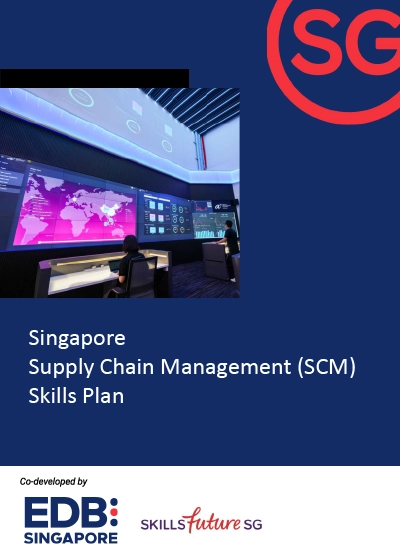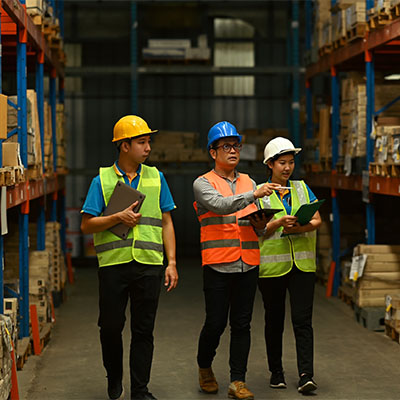With global businesses looking to Southeast Asia to diversify and shore up their supply chains, Singapore has developed a series of programmes to train and upskill supply chain management (SCM) talent. This includes the SCM Skills Plan, a one-stop reference guide for companies, training providers and individuals offering insights into the key tasks, skills, applications, tools and available training support for SCM. It builds on the recently-launched Supply Chain Management Jobs Transformation Map that describes the impact of trends such as digitalisation and sustainability on SCM functions and how companies can prepare their workforce to meet these changes.
In July, EDB, together with its partners, organised the Singapore – Leading Supply Chain Management Hub in Asia conference with over 200 supply chain management professionals, business leaders and educators. The programme included an invigorating discussion by senior industry leaders on trends impacting supply chain management and strategies to build resilience.
Here are three takeaways from the event:
1. Companies choose Singapore for its strong logistics and connectivity
Theo Kneepkens, Senior Vice President of Global Operations, KLA Corporation, a global semiconductor manufacturer, said the company’s practice is to site both a logistics hub and service engineers near their customers. Today, Singapore is the location of KLA’s largest factory in the world, and has been a centre for coordinating the activities of regional hubs such as Taiwan, Korea, Japan and most recently, India.
Carlos Mandia, Director, Overseas Delivery Services at BASF, said that the company located its RDC in Singapore due to its connectivity, availability of talent and the availability of chemicals service providers.
Michelle Shi-Verdaasdonk, Chief Supply Chain Officer at Dyson, said that the company moved its global headquarters to Singapore in 2019 and was heartened that it experienced no downtime in production during the pandemic. She credited that to both the talent in Dyson as well as the stability and consistency that Singapore was able to provide.
Singapore kept its logistics network and trade links up and running during Covid, and continues to be one of the most connected countries in the world. It has 600 port links in over 120 countries worldwide, is a member of 27 FTAs globally and is part of the Regional Comprehensive Economic Partnership (RCEP) that accounts for 30 per cent of global GDP.







